How I Shoot When I Don't Want to Shoot
Being a full-time photographer, the idea of photographing when I’m on holidays comes with mixed feelings. I love creating great photographs but I’m also trying not to create more work for myself. A few months ago I had the opportunity to go to Japan for a holiday and this is definitely a country known for its amazing cities, colourful people and beautiful landscapes.
So I decided I was going to do photography in a different way. I wanted to travel lighter and shoot in a way that didn’t require too much analysis but still had creative control.
I left my heavy DSLR at home and packed my Fujifilm X-E1 and two lenses, the 18mm wide angle and 35mm standard focal length. My Fujifilm X-E1 is a small Mirrorless camera with an APSC sized sensor, which meant I could create photographs that look like they came from a DSLR. The two prime lenses I brought with me were compact and light to carry. These lenses were very sharp and offered wide apertures that made shooting in low light a pleasure.
Often photography enthusiasts worry that they will not have enough gear or that they need lenses with massive zoom ranges for their holiday trips. I find that if you had all this gear, it is less likely that you would take it out with you. Having something small and compact means you will be more willing to travel with it. Limiting your lens choices can allow you to focus on the type of images you can create and think about compositions more effectively.
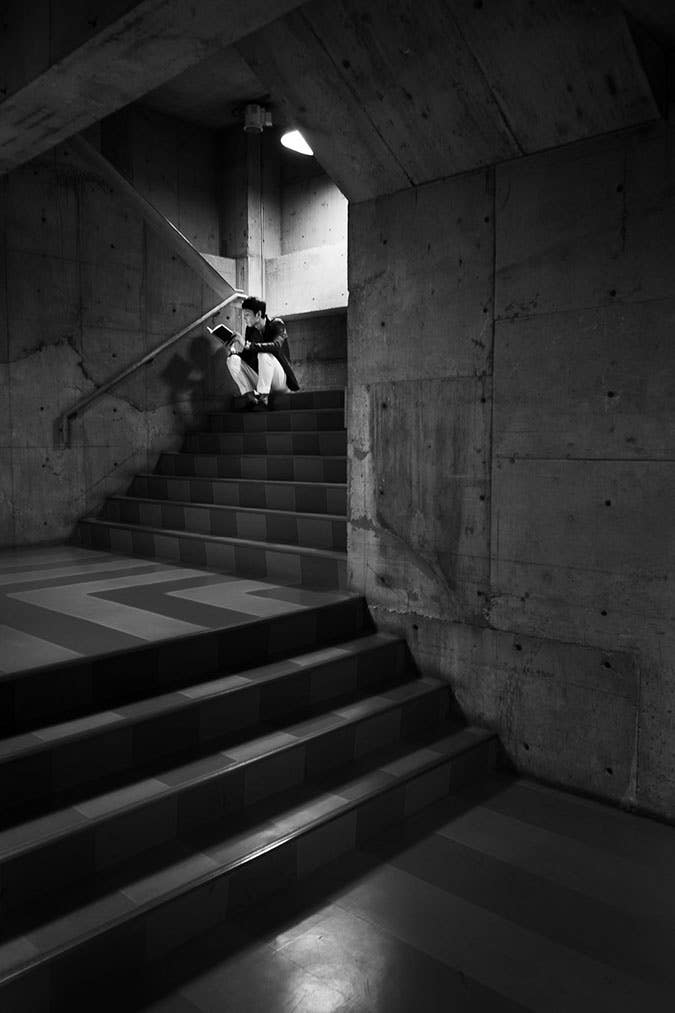

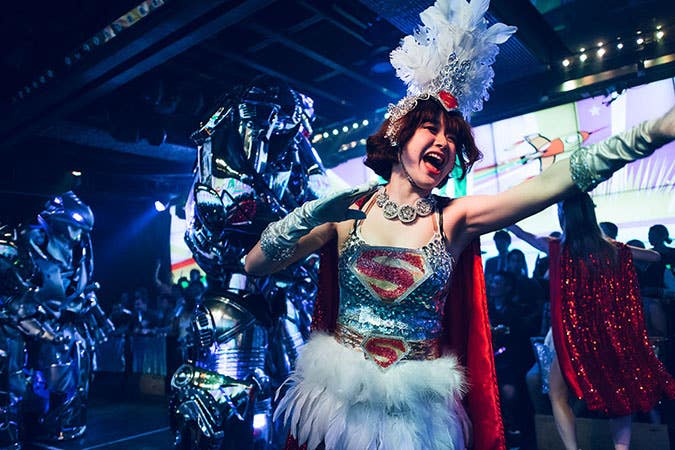

With my mobile travel photography gear in hand I was still adamant that I didn’t want to view this entire trip through my camera, that I had the opportunity to just experience a place in person.
One way I achieved this while still wanting to capture some great images is to set my camera to automatic. This might sound blindingly basic but I do this in a very specific way.
Camera Settings For Creative Easy Shooting
Instead of leaving the camera to full automatic, I set it to aperture priority, meaning that I only need to set the aperture and the camera will select the shutter speed for me. Most advanced cameras have this feature, but on the Fujifilm X-E1 the lenses have their own aperture rings which makes selection very intuitive. Changing the aperture means that you can control the look of your image, whether you want to isolate your subjects with a wide aperture or ensure maximum sharpness across the depth of the image with a small aperture. Most of the time I leave my aperture at the wider settings because I like the "filmic" look of shallow depth of field images.
The problem with letting your camera select your shutter speed is that it can select shutter speeds that are too slow to handhold. Sometimes at wide apertures, I would not have a shutter speed fast enough to balance all the light coming in.
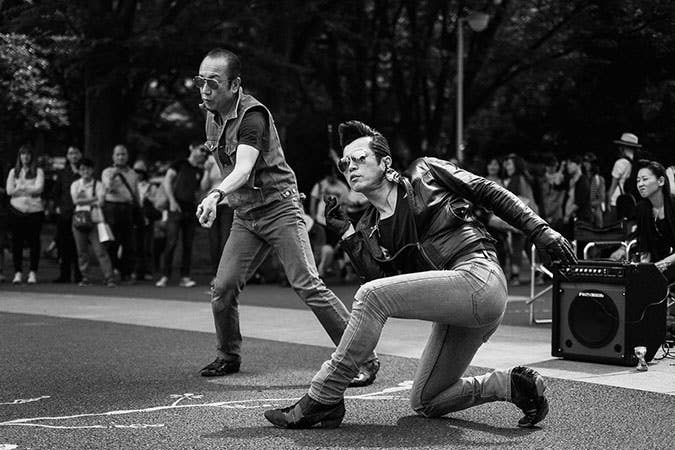

To solve this I also set my ISO (the sensor’s sensitivity to light) to auto as well. This ensures that the ISO will change if I reach any limits of my shutter speed. On my camera I’ve set the ISO range to change between 200 to 800. Within these settings, image noise is not really an issue and I can shoot knowing that the shutter speeds will be automatically set to a useful setting.
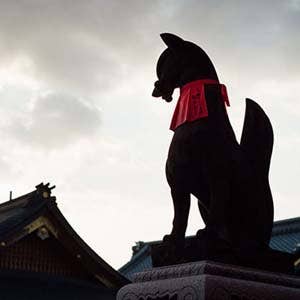

Most of the time, the camera gets the exposure right on its own but every now and again I want to create a low key image or override the camera due to back lighting. I use my exposure compensation dial to make my image brighter or darker depending on the situation. This is mostly the only dial I used when I was shooting in Japan. The camera is taking care of everything else and all I have to decide is how bright I want my image.
So to recap…
- Aperture Priority
- Auto ISO
- Exposure Compensation
My trip to Japan was so much fun. Walking around the bustling streets - discovering quirky oddities that you only find in this country, manicured gardens and historic sites offered a bounty of subjects to photograph. I found shooting in this style helped me enjoy shooting for myself again. No pressure, quick response and no sore back from carrying my professional gear all day.
I could focus on what I was looking at, enjoy the experience without having to think too much about my camera. This is how I want to take a holiday.
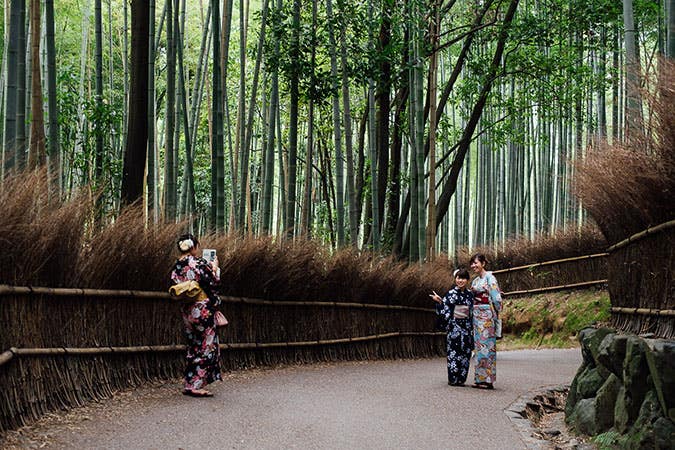

All images shot with the Fujifilm X-E1 and the Fujifilm XF 18mm f2 lens or XF 35mm f1.4 lens.
Looking for more Photographic inspiration?
If, like Jason, you are looking to stay inspired, don't forget to keep your eyes peeled for more from Ted's Masters. If you are interested in discussing Mirrorless cameras or any other gear mentioned in this article, shop online or visit your local Ted's store today.
Next Post
A Lens Takes You There
Previous Post
Why Telephoto Lenses Aren’t Just for “Zooming”
